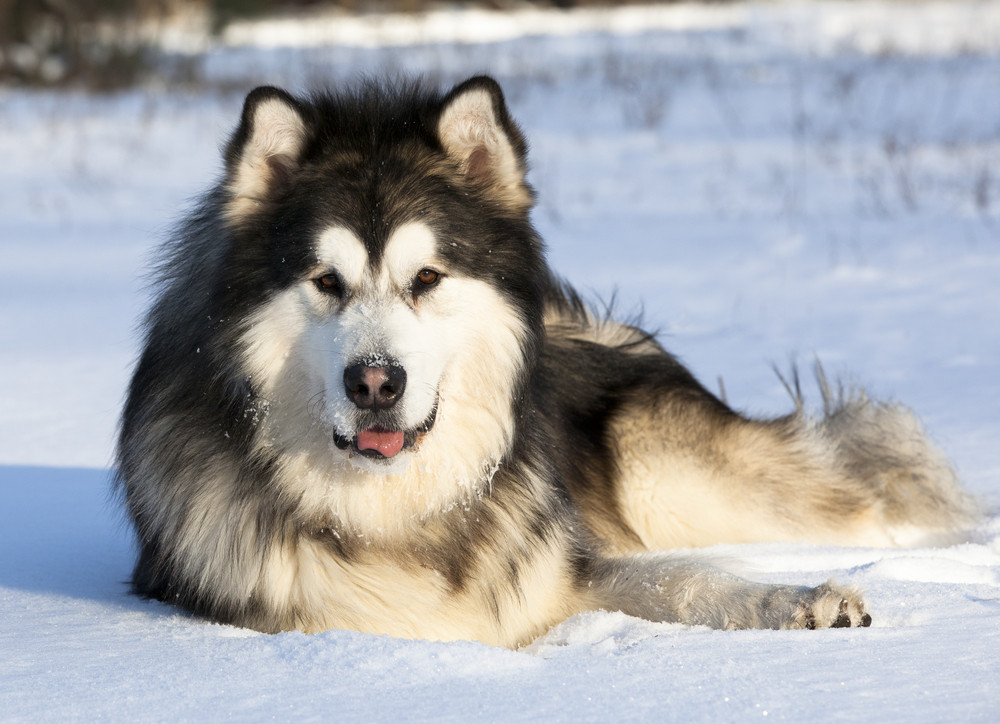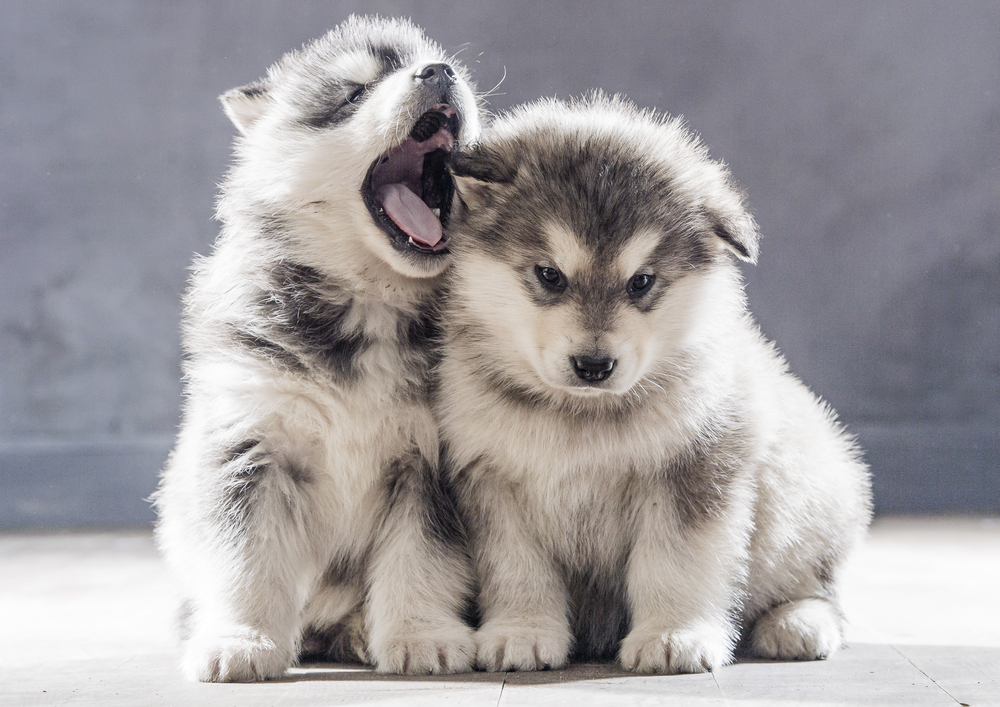Alaskan Malamute’s Vocalizations and Communication Methods
Welcome to our comprehensive guide on Alaskan Malamute’s vocalizations and communication methods! In this article, we will delve into the fascinating world of these majestic and intelligent Arctic sled dogs. From their unique vocal expressions to their intricate ways of communication, we will uncover the secrets that make Alaskan Malamutes stand out among the canine community. If you are a Malamute enthusiast or looking to adopt one, understanding their vocalizations and communication methods is crucial for building a strong and loving bond with your furry companion.

The Art of Howling
Howling is one of the most iconic and mesmerizing vocalizations associated with Alaskan Malamutes. This melodious expression serves various purposes within their social structure. When in a pack, Malamutes use howling as a means to communicate with each other over long distances. It allows them to coordinate their movements during hunts, share information about nearby dangers, and maintain a strong sense of pack unity.
In a domestic setting, your Malamute may howl to express emotions such as excitement, loneliness, or even boredom. They might howl in response to certain sounds, like sirens or other howling dogs in the neighborhood. As a responsible Malamute owner, it’s essential to understand the context and emotions behind their howling to address their needs appropriately.


Vocalizations and Human Interaction
Alaskan Malamutes are highly social animals, and they enjoy interacting with their human companions. Their vocalizations play a significant role in this aspect of their behavior. Barking is one of the most common ways Malamutes communicate with humans. However, compared to other dog breeds, Malamutes are generally not excessive barkers.
When your Malamute barks, they might be trying to grab your attention, express happiness, or signal a potential threat nearby. By paying close attention to the pitch and intensity of their barks, you can gain insights into their emotional state and respond accordingly.
Tail Wagging and Body Language
While vocalizations are vital, Alaskan Malamutes also communicate through their body language. Their tail wagging is a clear indicator of their emotions. A slow, gentle wag typically signifies a relaxed and contented state, while a rapid wag might indicate excitement or eagerness. If the tail is tucked between their legs, it may suggest fear or anxiety.
Furthermore, pay attention to their ear position and facial expressions. An attentive Malamute will have their ears erect, showing interest in their surroundings. On the other hand, flattened ears might convey fear or submission.

How to Communicate Effectively with Your Malamute
Understanding your Alaskan Malamute’s vocalizations and body language is essential, but effective communication goes beyond just observation. Here are some tips to strengthen the bond with your furry friend:
1. Positive Reinforcement:
Reward your Malamute with treats, praises, and affection when they display desirable behaviors. This will encourage them to repeat these actions.
2. Training Sessions:
Consistent and positive training sessions are crucial for developing a well-behaved and responsive Malamute. Use clear commands and be patient throughout the process.
3. Socialization:
Expose your Malamute to various environments, people, and other animals from a young age. Proper socialization helps in minimizing fear-based reactions and fosters a well-rounded temperament.
4. Physical and Mental Stimulation:
Malamutes are intelligent and energetic dogs that require regular physical exercise and mental stimulation. Engage in interactive play sessions and provide them with challenging toys to keep their minds sharp and active.
Alaskan Malamute’s Vocalizations and Communication Methods
Alaskan Malamutes are remarkable creatures with a unique set of vocalizations and communication methods. From the hauntingly beautiful howls to their expressive body language, these Arctic sled dogs have a captivating way of interacting with the world around them.
As a responsible Malamute owner, take the time to understand and respond to your furry companion’s vocalizations and body language. This will not only strengthen your bond but also ensure a happy and harmonious relationship with your four-legged friend.
Remember, communication is a two-way street. Speak their language, and they will undoubtedly speak volumes of love and loyalty in return.


